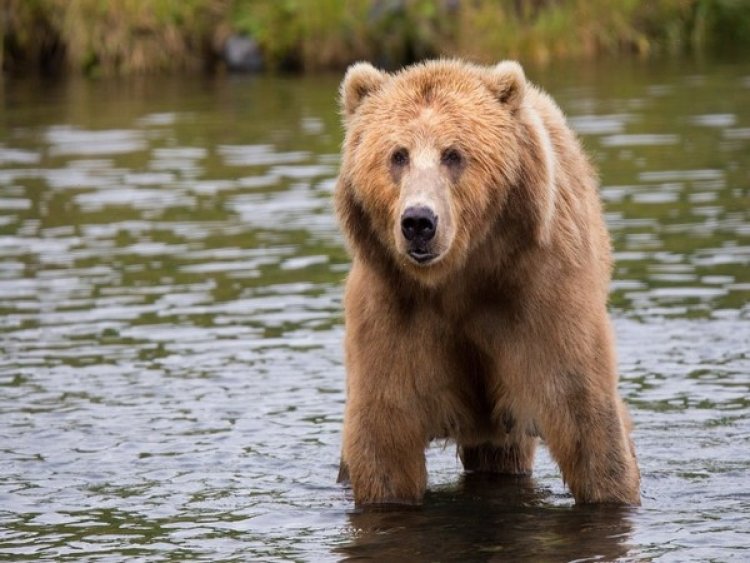Study reveals most critical issues for grizzly bear conservation

New Jersey, US: Humans have a negative impact on the health of grizzly bear populations through top-down influences such as direct mortality associated with forestry roads (from conflict or illegal killings) and displacement from high-quality habitats, as well as bottom-up influences such as reducing food resource availability.
The link between these forces is revealed in research published in Wildlife Monographs, informing a planned conservation programme.
Investigators radio-collared and followed numerous grizzly bears over multiple years in southeastern British Columbia. They found an interesting interplay between the most important bottom-up factor, huckleberry patches, and mortality risk from forestry roads (road density and the amount of secure habitat away from roads).
Top-down influences were not only associated with mortality risk, but they limited contributions of critical food resources, reducing female grizzly fitness and density, in essence having a similar effect as habitat loss. This doubly negative effect likely contributes to the ubiquitous detriment that high forestry road density confers to grizzly bear populations in western North America.
The findings highlight the importance of considering both bottom-up and top-down influences affecting wildlife populations. “The securing of important food resources to make them accessible to bears is accomplished through some degree of restriction of human access,” said lead author Michael Proctor, PhD, of Birchdale Ecological Ltd. “Our results suggest that benefits of critical bear foods are not satisfactorily realized unless human access to nearby roads is reduced.”















































